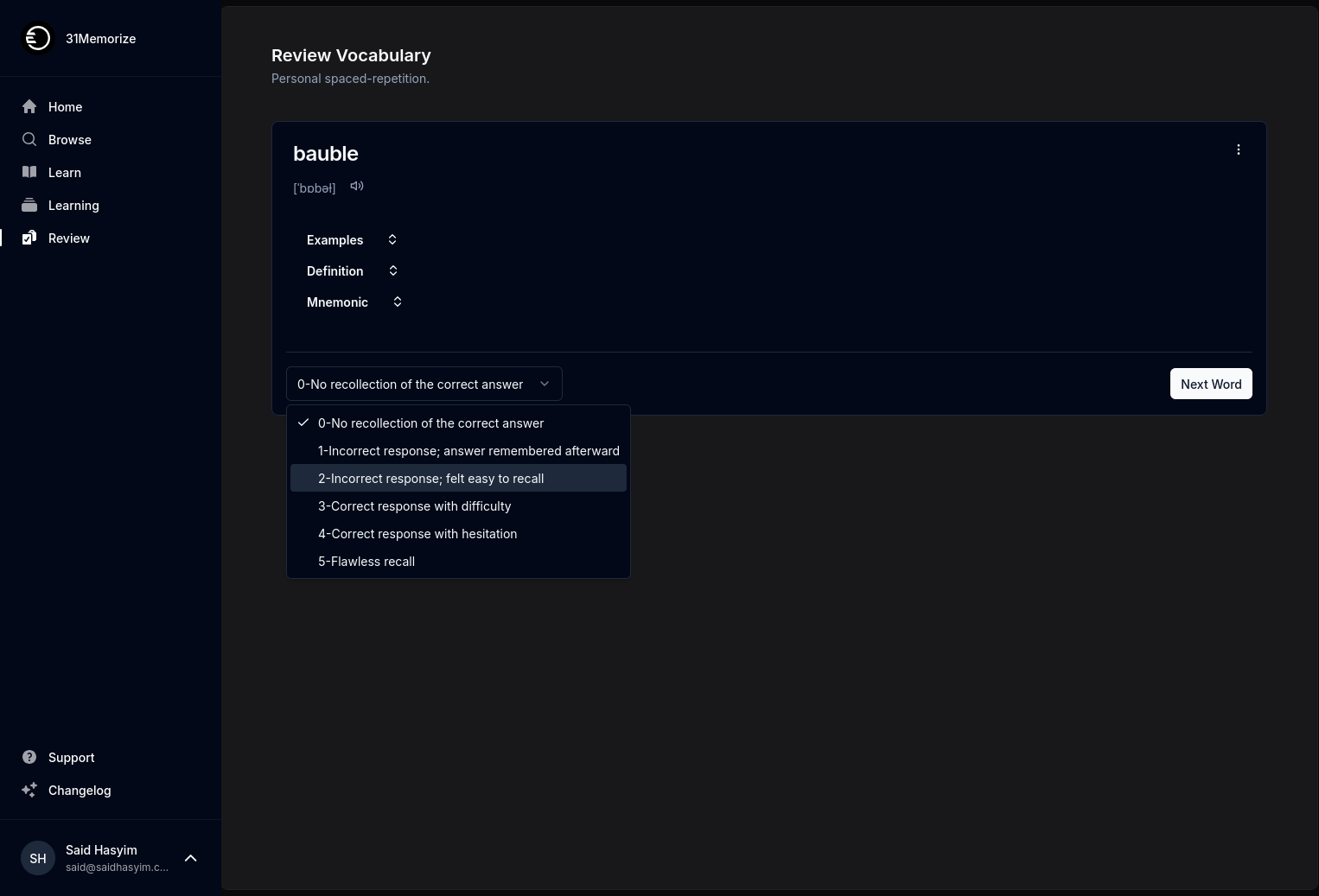How to Interpret Book Rating Trends Over Time
Understanding how to interpret book rating trends can significantly enhance your reading experience and inform your literary choices. As readers, we often rely on ratings and reviews to gauge whether a book aligns with our interests. However, delving deeper into book rating trends over time can provide valuable insights beyond a single score. In this blog post, we'll explore the intricacies of interpreting book rating trends, factors affecting these ratings, and how to use this information effectively.
The Importance of Book Ratings
Book ratings serve as a quick snapshot of a book's reception among readers. Typically displayed as stars or numerical scores, these ratings can signal quality and enjoyment. However, ratings are often influenced by a myriad of factors, including:
- The popularity of the author: Established authors might receive higher ratings due to their built-in audience.
- Marketing and publicity efforts: Books that receive extensive promotion can attract a larger number of reviews, skewing ratings.
- Cultural context: Some works gain relevance as societal attitudes evolve, affecting how contemporary readers rate them.
- Reader demographics: Different audiences may interpret and rate the same book differently based on their experiences and backgrounds.
Recognizing these influences is crucial when analyzing trends over time, as they can affect the overall perception of a book.
Analyzing Rating Trends
1. Time-Based Trends
One of the key aspects of interpreting book ratings is observing how they change over time. Track how a book’s rating evolves after its release, focusing on specific intervals, such as:
- Initial Release: Ratings might be inflated during the initial weeks or months due to hype and early adopters.
- Post-Publicity: Following a marketing push or an event related to the author, ratings might spike or dip.
- Longevity: Over the years, as more readers discover the book, ratings can settle into a more stable average, often reflecting a more communal consensus.
To effectively analyze these time-based trends, consider creating a timeline to visualize the fluctuations. This method can highlight peaks and troughs that correspond with cultural events or promotions.
2. Rating Distribution
Analyzing the distribution of ratings is just as crucial as the overall average rating. A book may have a high average score, but if most ratings are clustered at the extremes (e.g., 1-star and 5-star), it may indicate polarization among readers. Look for:
- Bell-shaped curves: A majority of ratings falling around the middle suggest a more universally appealing book.
- Skewed distributions: More ratings at the extremes may suggest divisive content or themes that resonate differently with various readers.
By examining the distribution, you can gauge the overall consensus and the level of agreement or disagreement among readers.
3. Reader Comments and Sentiments
Reviews accompanying ratings often provide context and insight into the numbers. Analyzing reader comments can help identify patterns in their feedback. Are readers consistently praising character development, or are they criticizing pacing? Analyzing qualitative data can shed light on the reasons behind rating trends.
Consider conducting sentiment analysis on a sample of reader reviews. This can help gauge the overall emotional response to a book and identify common themes or concerns.
4. Comparative Analysis
Comparing the rating trends of similar books or authors can provide further context. If you have a favorite genre or author, examine how their ratings compare to others in that same category. This practice can help you:
- Identify emerging trends: A spike in ratings within a particular genre may indicate a burgeoning interest in themes or styles.
- Assess an author’s trajectory: Tracking an author’s ratings over multiple releases can reveal whether their work is improving, declining, or remaining consistent.
5. External Influences
Finally, be aware of external factors that may influence book ratings over time. Consider how:
- Cultural events: Social movements, controversies, or adaptations into film or television can dramatically influence a book's ratings and visibility.
- Anniversaries and retrospectives: Celebrating milestones can bring older books back into public discourse, affecting ratings and reviews.
Practical Tips for Readers
As a reader, how can you effectively apply these insights into your book choices? Here are some practical tips:
- Look for longevity: Prefer books with consistently high scores over time, rather than trending titles that may fade quickly.
- Analyze reader demographics: Consider the background of reviewers when evaluating ratings. Ratings by readers similar to your interests often resonate more strongly with you.
- Consider biases: Be aware of potential biases in the ratings, such as how an author’s fame might skew perceptions.
- Join discussions: Engage in literary discussion forums or book clubs to gain multiple perspectives on books you’re interested in.
Conclusion
Interpreting book rating trends over time is not just about comparing numbers; it's about understanding the story behind those numbers. By employing a multifaceted approach to your analysis—considering time-based trends, rating distributions, reader sentiments, and external influences—you can make more informed reading choices that align with your tastes and preferences. Happy reading!
